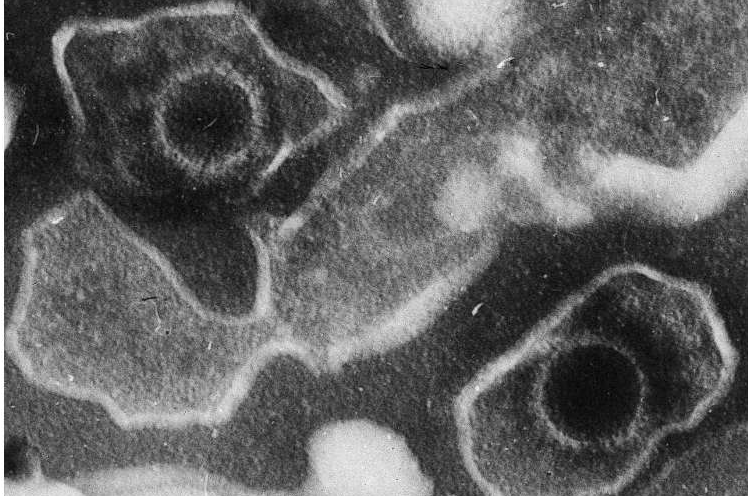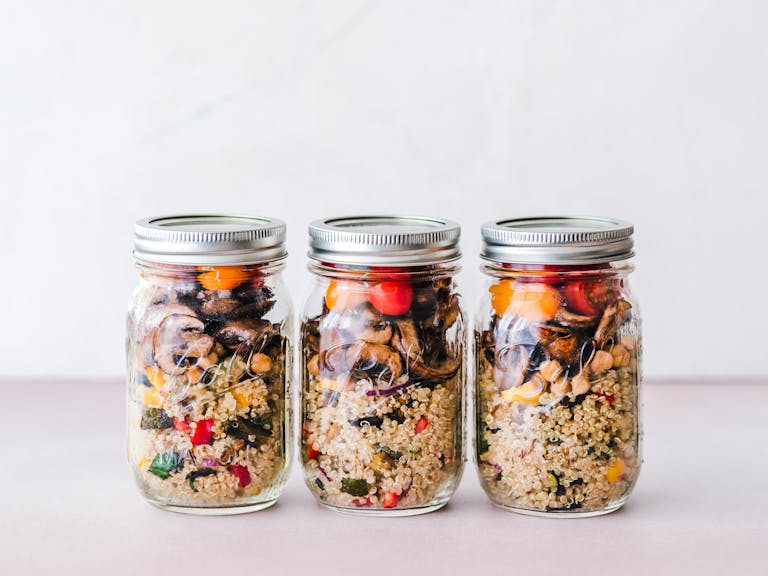Lean Pork Boosts Muscle Growth More Than Fatty Pork, Surprising New Study Finds

A new study has challenged what many fitness enthusiasts thought they knew about post-workout nutrition.
Researchers found that lean pork stimulated muscle growth after resistance exercise more effectively than high-fat pork, even though both meals contained the same amount of protein. The results, published in the American Journal of Clinical Nutrition, suggest that the fat content of meat may play a much bigger role in how the body builds muscle than expected.
What the Study Looked At
The study was conducted by researchers at the University of Illinois Urbana-Champaign, led by Professor Nicholas Burd and graduate student Žan Zupančič. Their aim was to see how different fat levels in meat influenced muscle protein synthesis (MPS) after exercise.
Sixteen young, healthy, and physically active adults took part in the trial. The average participant was around 25 years old, with a BMI of 25.0 ± 2.3. Of the 16 people, 12 were men and 4 were women.
To set up the experiment, the research team prepared specially designed pork patties. They collaborated with the University of Illinois Meat Science Laboratory, carefully controlling fat levels so that both patties had the same 20 grams of protein, but with very different amounts of fat:
- Lean Pork Burger (LFP): 20 g protein, 4.4 g fat, 120 kcal
- High-Fat Pork Burger (HFP): 20 g protein, 20.6 g fat, 266 kcal
- Carbohydrate Drink (CHO): 0 g protein, 0 g fat, 73.3 g carbs, 266 kcal
It took the researchers a full year to prepare the patties correctly. To ensure consistency, all of the meat came from a single pig, and nutrient ratios were carefully tested in a lab before being frozen for the feeding sessions.
How the Experiment Was Run
Before exercise, each participant received an infusion of isotope-labeled amino acids (L-[ring-13C6] phenylalanine). This allowed the scientists to track how dietary amino acids were incorporated into muscle proteins after eating.
Participants also underwent muscle biopsies before and after the infusion to establish baseline muscle protein synthesis rates. Blood samples were collected to track essential amino acids (EAAs) and leucine levels in circulation.
Once baseline data was gathered, participants hit the gym while still connected to their infusion pumps. They performed leg presses and leg extensions to trigger muscle activity. Afterward, they were given either the lean pork burger, high-fat pork burger, or carbohydrate drink.
Over the next five hours, researchers monitored blood amino acid levels and performed follow-up muscle biopsies to measure how much muscle protein synthesis had occurred.
To account for individual differences, most participants also took part in a crossover design, switching to a different meal in another trial. This allowed the team to compare responses within the same person under different conditions.
What the Results Showed
The results were clear. Both pork meals boosted muscle protein synthesis compared to the carbohydrate control, but lean pork produced a significantly greater increase than the high-fat pork.
- Lean Pork (LFP): 0.106 ± 0.026 %·h⁻¹ increase in muscle protein synthesis
- High-Fat Pork (HFP): 0.072 ± 0.027 %·h⁻¹ increase
- Carbohydrate Drink (CHO): 0.056 ± 0.035 %·h⁻¹ increase
In other words, the high-fat pork barely outperformed the carbohydrate drink, while the lean pork showed a strong anabolic effect.
The difference also correlated with blood amino acid levels. Participants who ate lean pork had higher concentrations of EAAs and leucine in their blood, suggesting that lean pork allowed amino acids to be absorbed more quickly and efficiently, which in turn triggered greater muscle growth.
Why This Was Unexpected
Previous research had suggested the opposite outcome. Burd’s lab had earlier shown that eating whole eggs led to greater muscle growth than eating just egg whites, even though both meals had equal protein. Similarly, salmon produced stronger effects than a processed mix with the same nutrients. In those cases, the presence of dietary fat seemed to enhance muscle growth.
So why did fatty pork blunt the response instead of boosting it?
One possibility is that grinding and processing the pork patties changed digestion speed. High fat content may have slowed gastric emptying and delayed the release of amino acids into circulation, making the muscle less responsive in the critical post-exercise window.
Burd himself admitted surprise at the findings. While exercise is always the primary driver of muscle protein synthesis, the food matrix clearly matters. And in this case, adding fat to pork did not help—it actually reduced the muscle-building potential.
Exercise Is Still the Biggest Factor
The researchers emphasized that weight training itself is the most important stimulus for building muscle. Nutrition fine-tunes that response, but exercise always comes first.
Still, the findings suggest that choosing lean, whole foods may give you an advantage when it comes to optimizing post-workout recovery. As Burd put it, exercise provides most of the muscle-building response, but nutrition helps you “squeeze out the remaining potential.”
Additional Background: What is Muscle Protein Synthesis?
Muscle Protein Synthesis (MPS) is the process by which your body builds new muscle proteins to repair and grow muscle fibers after exercise. When you lift weights, you cause tiny tears in muscle tissue. MPS repairs those tears and makes the muscle stronger over time.
Several things influence MPS:
- Exercise stimulus – Resistance training is the most powerful trigger.
- Protein intake – Eating enough high-quality protein provides the amino acids needed for repair.
- Timing – The hours immediately after exercise are a sensitive period when muscles are especially receptive.
- Food matrix – As this study shows, the structure of food (fat, processing, and nutrient combinations) changes how well protein stimulates growth.
Protein Quality: Why Whole Foods Matter
This study adds to a growing body of research suggesting that whole foods outperform isolated protein powders or stripped-down protein sources.
- Eggs: Whole eggs support more muscle growth than just egg whites, despite identical protein.
- Salmon: A natural salmon fillet produces more MPS than a lab-engineered nutrient mix.
- Pork: Lean ground pork stimulates more MPS than fatty ground pork.
The reason? Whole foods contain not only protein but also fats, micronutrients, and bioactive compounds that interact in complex ways. Sometimes fat helps (as in eggs or salmon), but sometimes, as this pork study shows, fat can actually blunt the effect.
Implications for Athletes and Fitness Enthusiasts
If you’re looking to maximize gains:
- Prioritize exercise. Nutrition matters, but training is the foundation.
- Choose lean proteins after workouts. Options like lean pork, chicken breast, white fish, and low-fat dairy may provide more efficient stimulation of MPS.
- Don’t completely demonize fat. Other studies show that some fatty foods (like salmon or whole eggs) may be beneficial. The effect may depend on the type of food and processing method.
- Think about the food matrix. Nutrition isn’t just about grams of protein—it’s about how nutrients are packaged together in real food.
Limitations of the Study
Like any research, this study has its limits:
- Small sample size: Only 16 participants were included.
- Short-term focus: The trial only measured effects over five hours, not long-term muscle growth.
- Specific food tested: The results apply to ground pork patties; whole cuts of meat may behave differently.
- Population: Only young, healthy, active adults were studied. Results may differ in older adults or people with health conditions.
- Funding: The study was funded by the National Pork Board’s Pork Checkoff program, though the authors state the funders had no role in the experiment design or analysis.
Final Takeaway
This research suggests that not all protein-rich foods are equal when it comes to supporting muscle recovery. Even with the same amount of protein, lean pork outperformed high-fat pork after exercise. While more studies are needed—especially over longer periods—this finding adds to growing evidence that the food matrix matters as much as the nutrient label.
For now, the safe bet for lifters and athletes may be to focus on lean, whole protein sources post-workout, while remembering that exercise itself is still the strongest driver of muscle growth.





